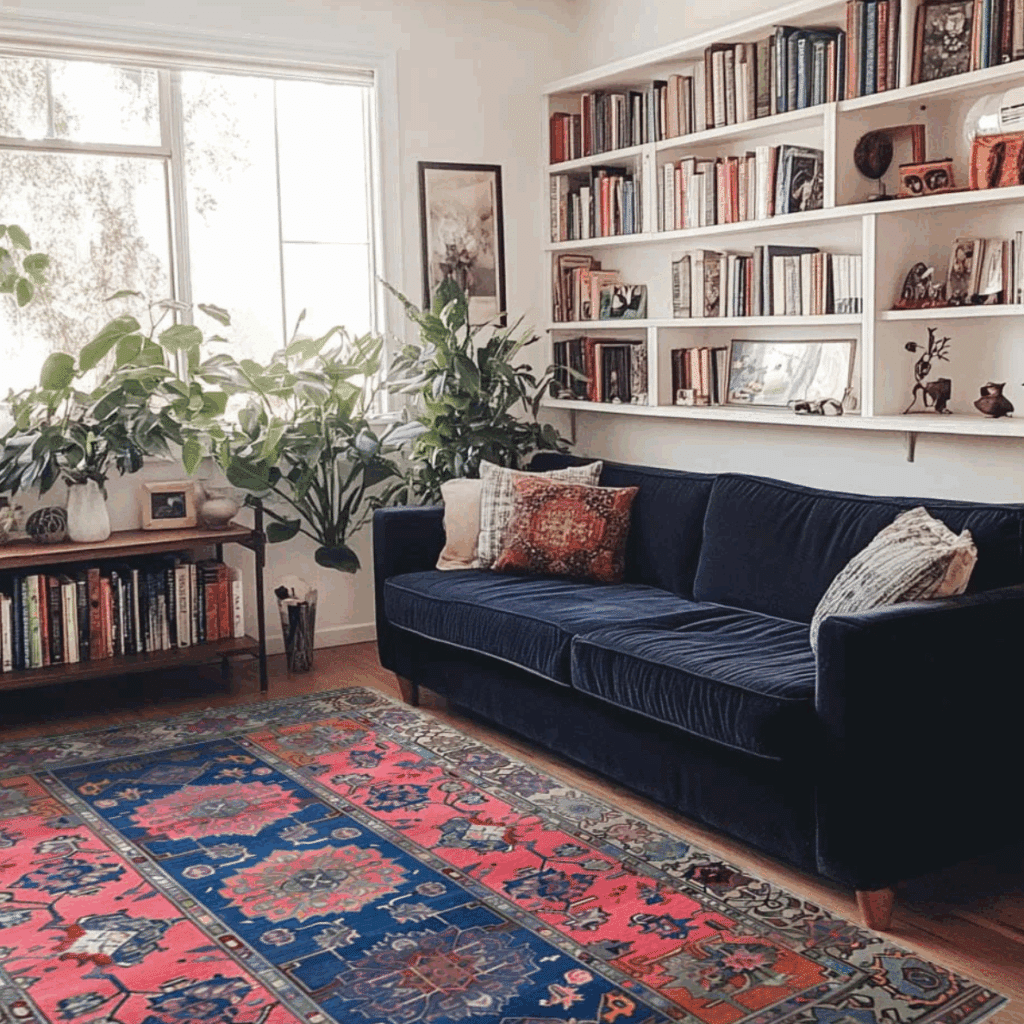Rugs are more than just floor coverings; they’re also powerful design tools, places where furniture can rest, and ways to show off your style. If you like bright colors, bold patterns, and unique things, a well-placed rug can make any room feel like magic.
This complete guide tells you smart, room-by-room tips on how to choose the right rug. It will help you make smart decisions while recognizing craftsmanship, creativity, and usefulness in every room.
Where It All Began: A Quick History of Rugs
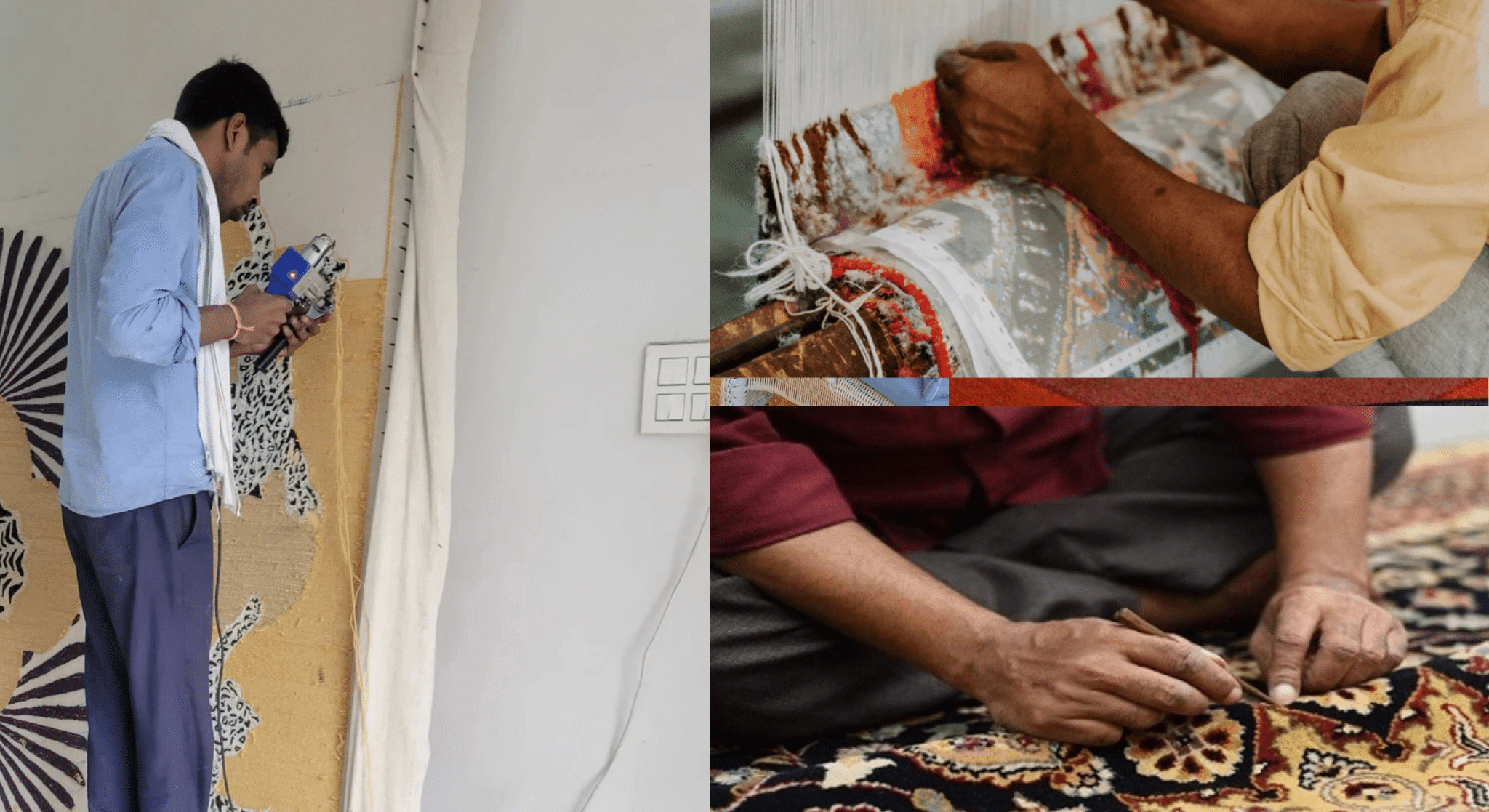
Rugs have been around for more than 2,000 years. The first ones that were woven were found in Central Asia, Persia, and China. These things weren’t just useful; they were also works of art, status symbols, and money. Ancient weavers used wool and natural dyes to make beautiful patterns that showed their tribes, beliefs, or myths.
It’s now present day, and the legacy lives on. A lot of those old methods are still used today, especially when making hand-knotted rugs, where each knot is tied by hand over the course of weeks or months. Modern maximalist designers love these pieces not only for their functionality but also for the stories they tell. Whether they are made in the United States or another country, these rugs bring the beauty of the past into modern homes.
What Are the Different Rug Techniques?
Understanding how rugs are made gives you deeper insight into their performance and beauty.
Hand-Knotted Rugs: The Gold Standard. Made by tying individual knots to a foundation, they’re dense, durable, and detailed. They are often passed down for generations.
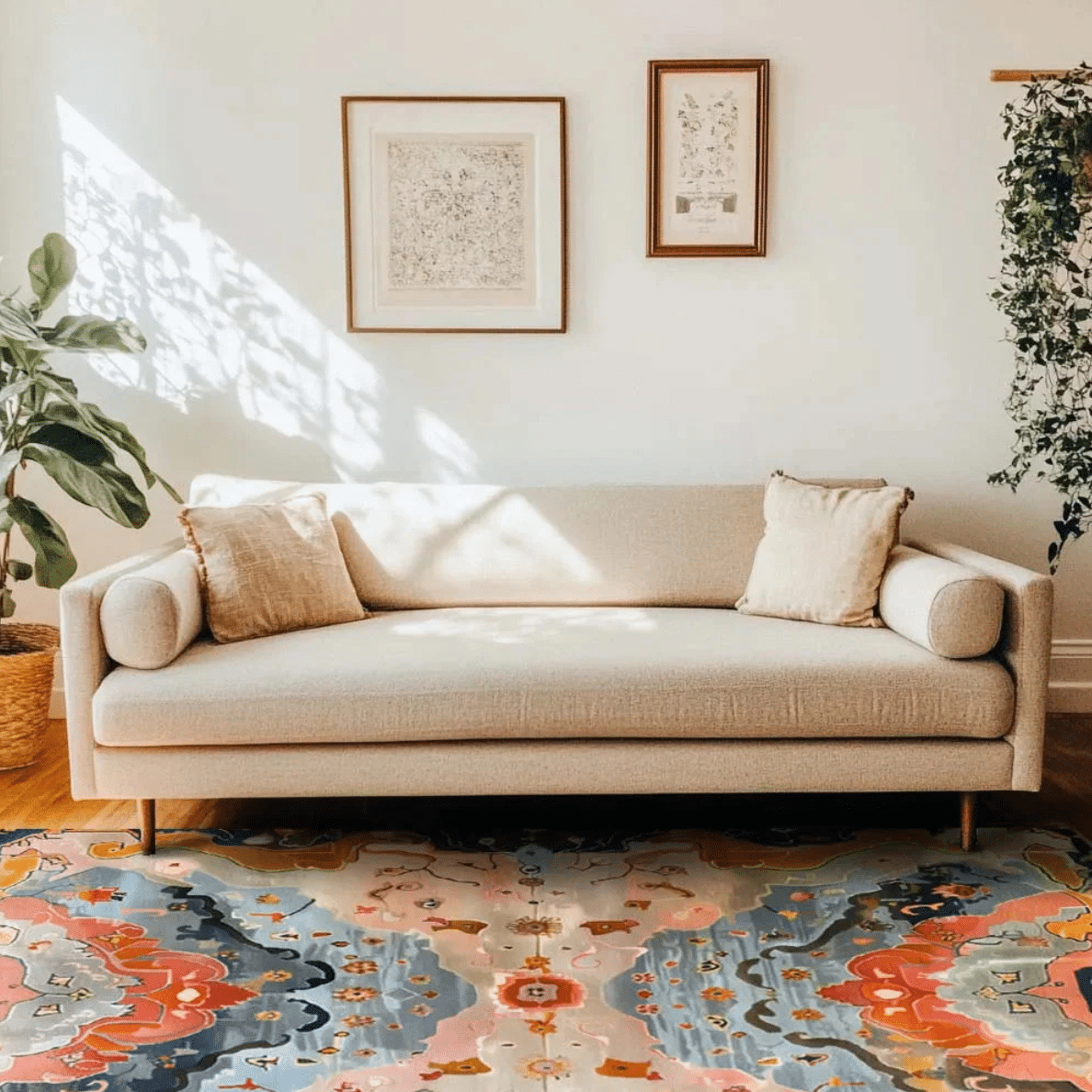
Hand-tufted rugs: faster to make but still handcrafted. The yarn is poked into the canvas, and then it is cut off. This method is ideal for creating large designs at affordable prices.
Flatweaves & Dhurries: No pile, lightweight, and reversible. Great for layering and high-traffic areas.
Jute Rugs: Made from natural fibers, these are sustainable, rustic, and ideal for adding organic texture to any room.
How to Use Rugs Effectively in Every Room of Your Home
Living Room Rugs: Anchor and Amplify
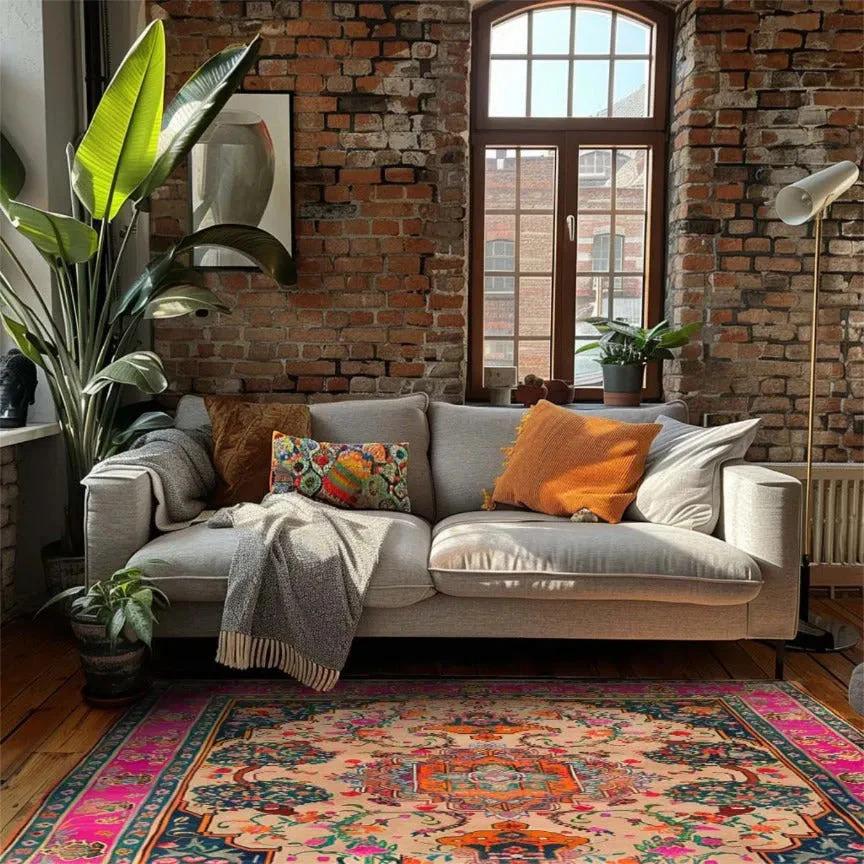
The living room is where most rugs truly shine. In maximalist homes, rugs don’t hide — they stand out. Whether you love rich florals, abstract geometrics, or eclectic blends of color, choose a rug that ties your space together.
Smart Tip: Size matters. A rug should be large enough that at least the front legs of sofas and chairs rest on it. This visually connects all elements and prevents a “floating rug” effect.
Quick fact: Many people overlook pile height. For living rooms with high traffic, go for medium-pile or low-pile rugs. They last longer and are easier to clean than fluffy alternatives.
Dining Room Rugs: Function Meets Style
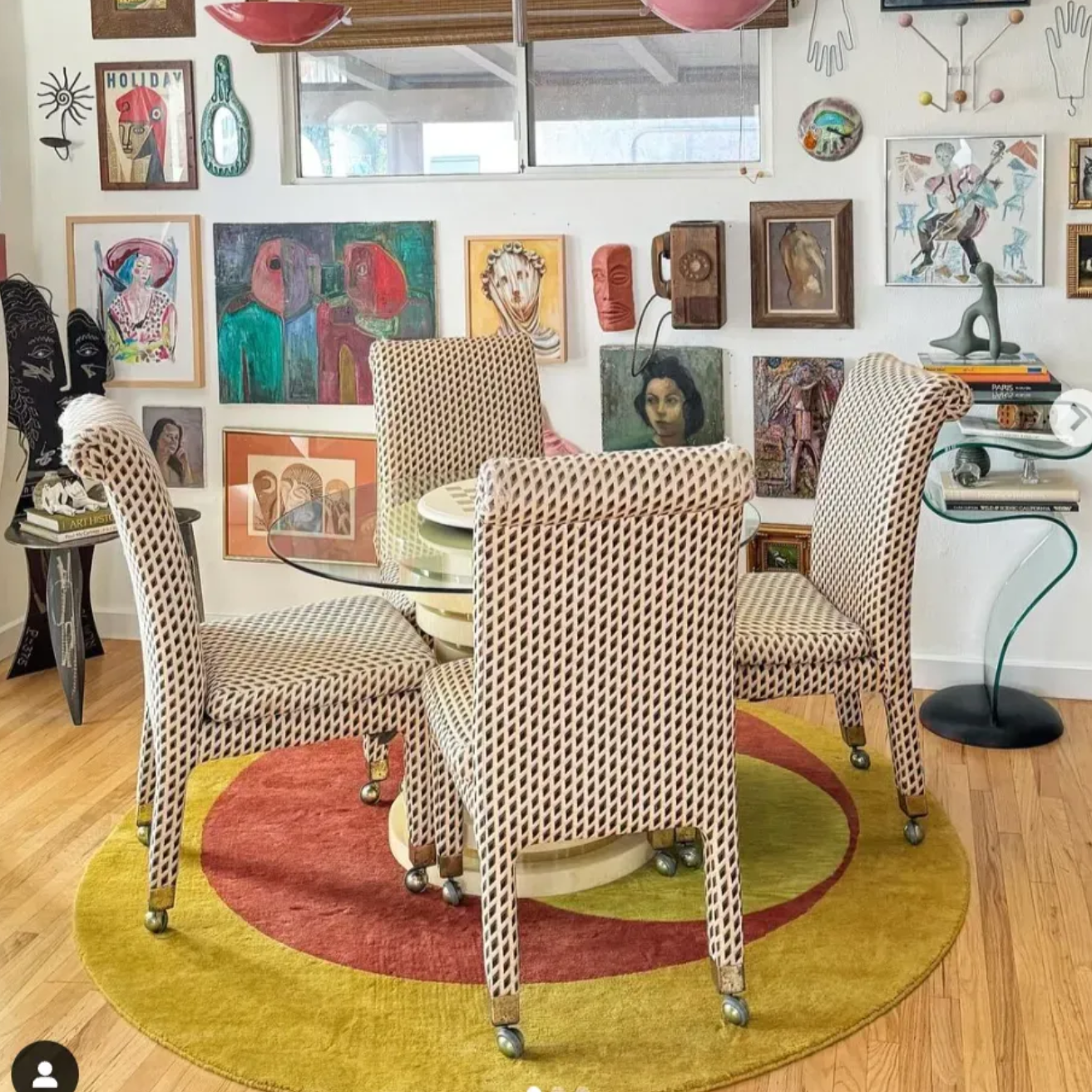
Dining room rugs must blend beauty with practicality. Crumbs, chairs, and foot traffic are common here, so durability and easy cleaning are essential.
Choose a low-pile, hand-tufted rug in a forgiving pattern. Stay at least 24 inches beyond the edge of your dining table so chairs don’t get caught or tip when pulled back.
Smart Tip: Choose patterns or darker tones that can mask spills. Cleanability matters more here than fluffiness.
Quick fact: You should never put a shag or high-pile rug under a dining table. Food and drinks will fall on it, and it will be a pain to clean up.
Bedroom Rugs: Softness Where You Need It
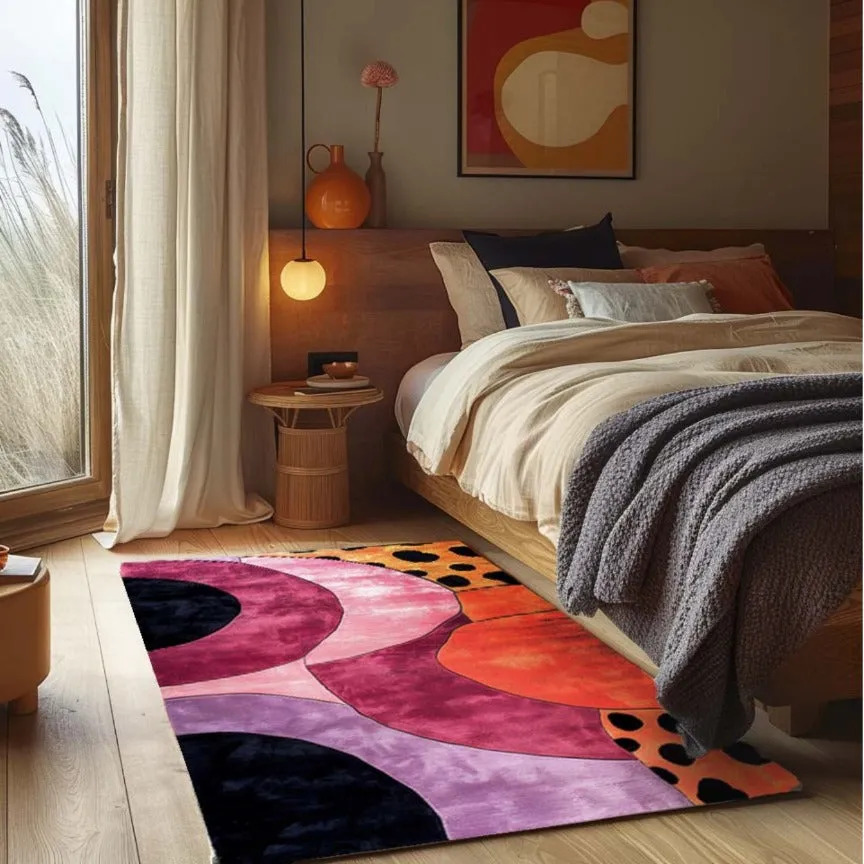
Bedrooms are all about comfort. But oddly enough, many people skip rugs in this space. Don’t make that mistake. A good rug here adds warmth, sound absorption, and style.
Ideally, your rug should extend at least 24 inches beyond the sides of the bed. But if you’re tight on space or budget, try placing runner rugs on either side.
Try This: Putting a jute rug under the bed gives the room natural texture and keeps even the most colorful bedding in place.
Idea for Layering: A small, bright rug should go on top of a big, neutral one. This gives it more depth and makes it easier to switch up the style or season.
Office Rugs: Define and Inspire
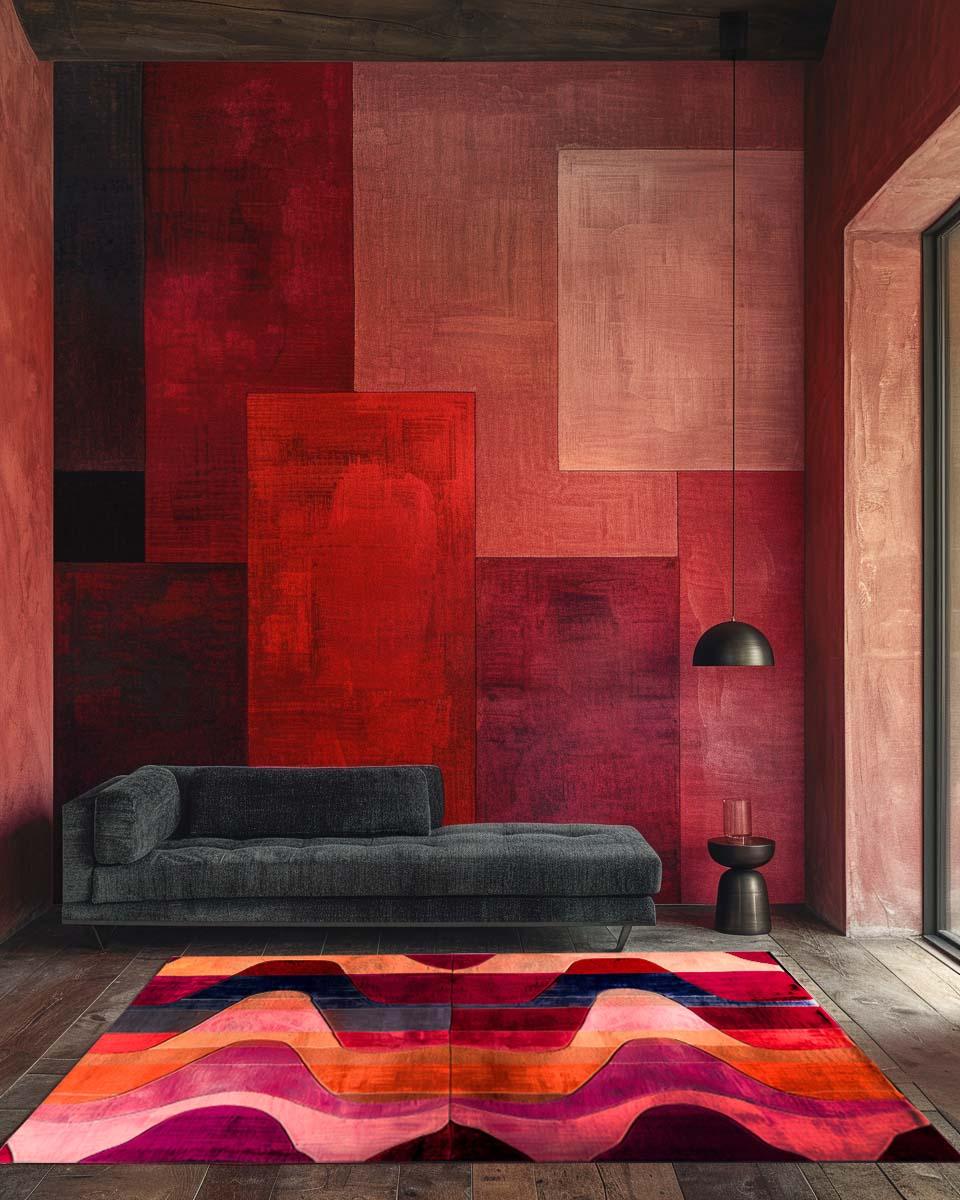
Your home office deserves more than just a desk and chair. A rug here isn’t just decoration — it improves acoustics, defines the workspace, and affects your mindset.
Choose something that reflects your energy: abstract designs for creative minds or rich, solid tones for a more focused, serious tone. For practicality, pick low-pile rugs that let your office chair roll freely.
Design Advice: Don’t make it too matchy-matchy. Offices can be expressive, especially if you’re building a space that fuels long hours and big ideas.
Tip: Don’t put very light rugs near electronics. On light colors, power cords and chair wheels tend to get scratched up quickly.
Runner Rugs: Style in Narrow Spaces
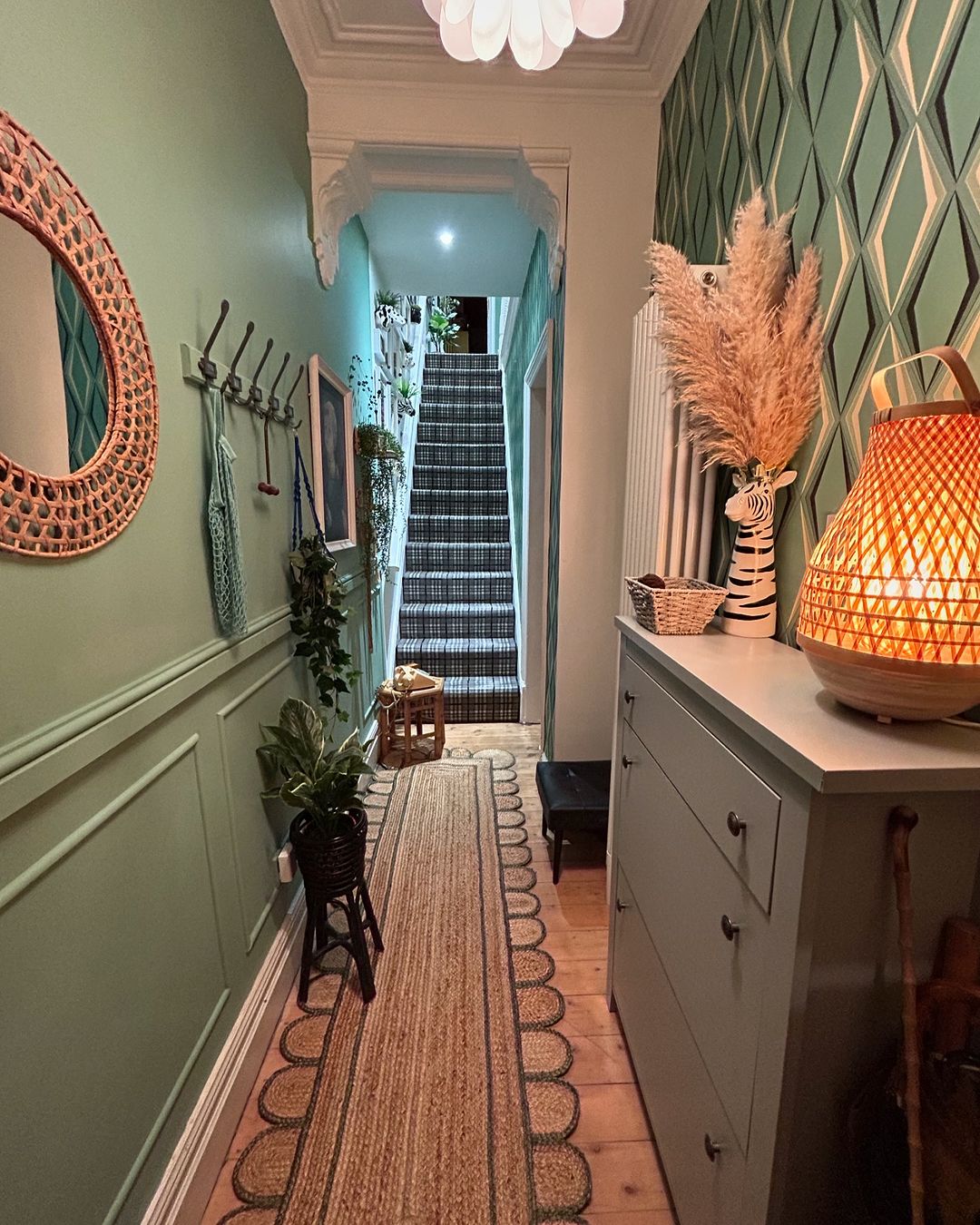
Runner rugs are underrated power players. Use them in hallways, entryways, alongside kitchen islands, or beside the bed. They add texture and color and protect flooring in narrow, high-traffic areas.
Size Guide: Leave a few inches of floor showing on each side of the runner. This frames the rug and makes the space feel intentional.
Design Tip: For maximalist interiors, try bold borders, animal prints, or eclectic geometrics. They pack personality into long-forgotten spaces.
Quick Fix: Always put a rug pad under runners to keep them from slipping and to protect both the rug and the floor.
Kitchen Rugs: Surprising and Functional
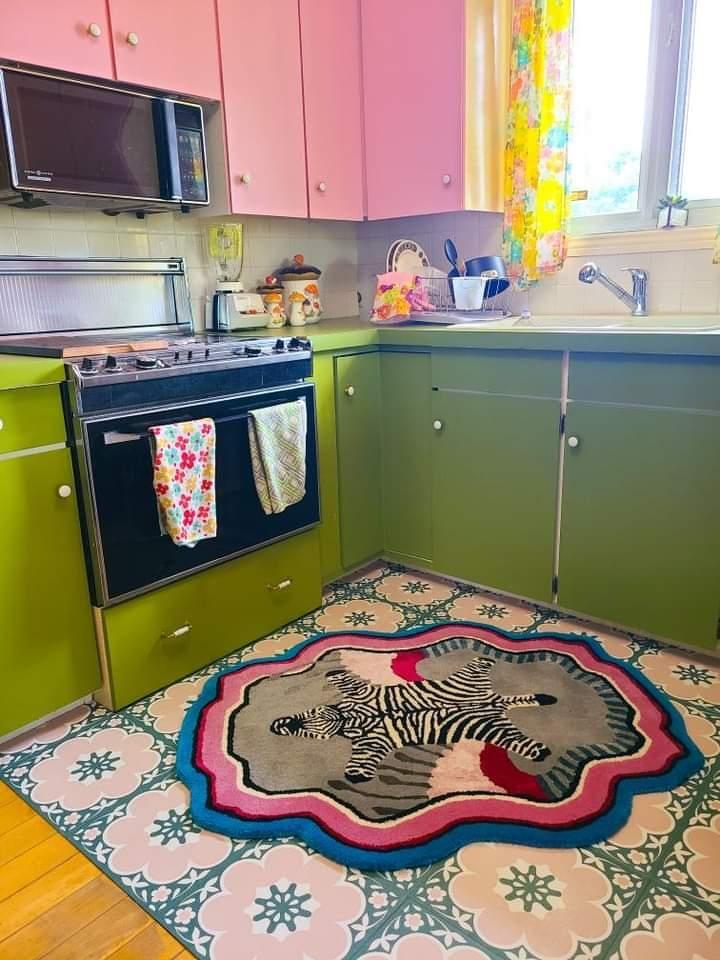
Yes, rugs belong in the kitchen. Especially in homes where comfort and color matter. They soften tile or wood underfoot, protect high-use areas, and inject style where it’s often lacking.
Use a flatweave or low-pile area rug in front of the sink or cooking zone. These can be spot-cleaned and replaced easily if needed.
Top Tip: Avoid thick or high-pile rugs. Kitchens deal with moisture, food spills, and frequent footwork — stick with lightweight rugs that dry quickly.
Style Tip: Stripes, old prints, or even tribal patterns can look great with neutral kitchen colors and will never go out of style.
Outdoor Rugs: The Perfect Mix of Indoor and Outdoor
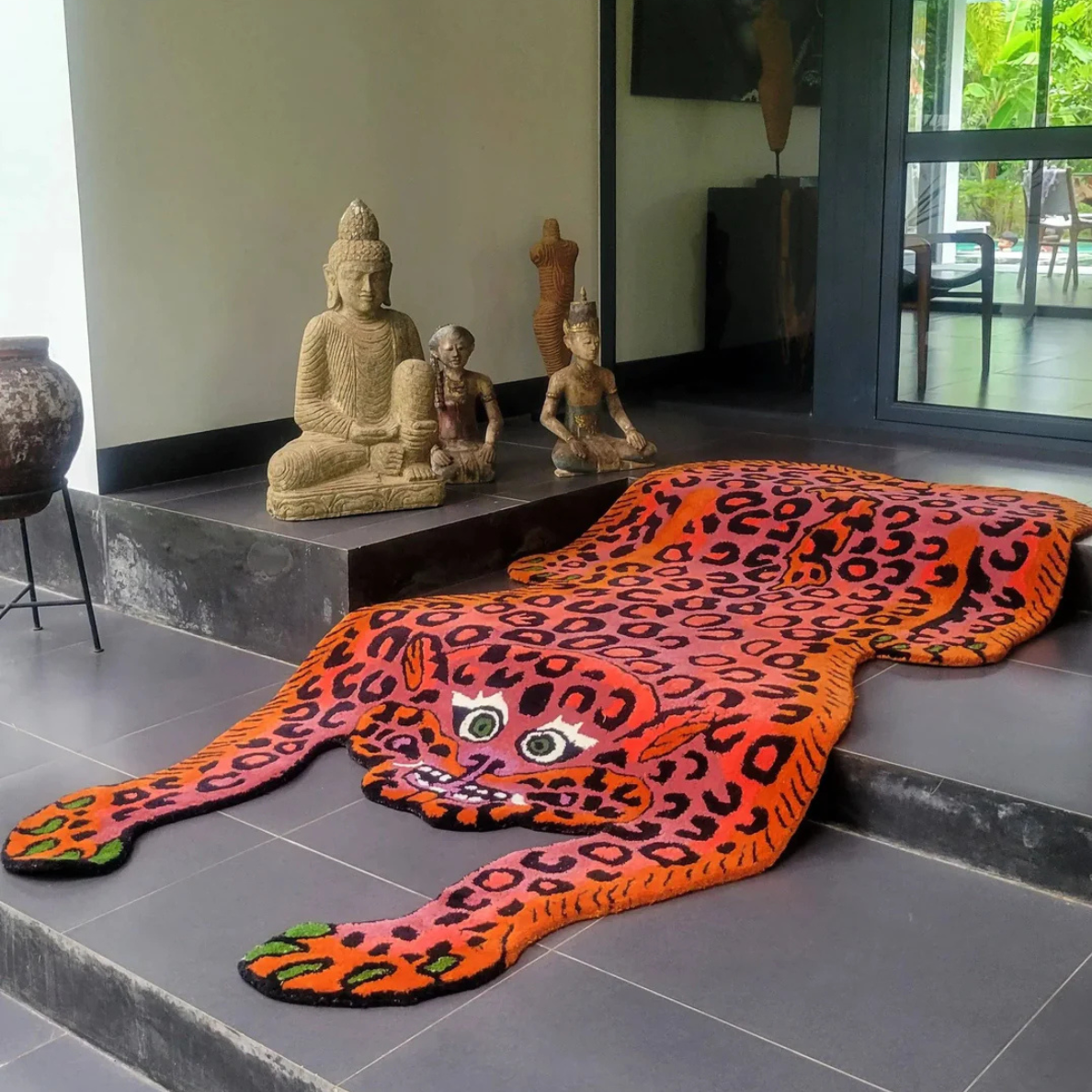
Outdoor living areas are extensions of your indoor style — and rugs make that connection seamless. Whether it’s a balcony, deck, or patio, outdoor rugs define seating or dining zones and elevate the experience.
Pick materials that don’t fade in UV light, dry quickly, and don’t grow mold. Also, don’t be afraid of bright colors or big patterns; the sun and space outside can handle them.
Top Tip: If you’re putting a rug outside, make sure it fits all of your furniture the same way you would inside. It shouldn’t float awkwardly under one chair; it should tie the layout together.
Tip for Maintenance: To keep outdoor rugs from growing mold, rinse them off with water and let them dry in the sun.
Mistakes to Avoid Across All Rooms
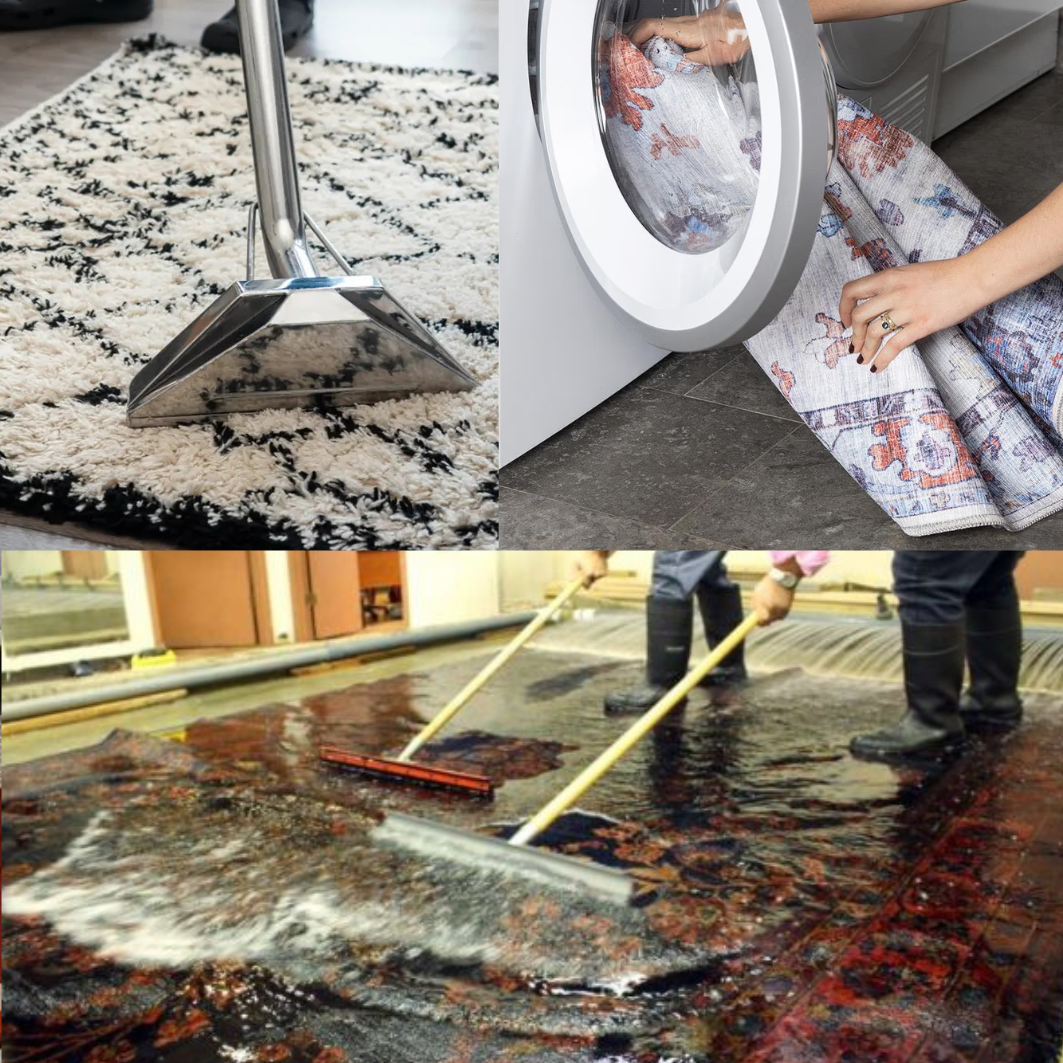
Buying Too Small: This is the most common and worst mistake. Rugs should connect your furniture, not act like coasters.
Skipping Rug Pads: Pads keep you from slipping, protect your floors, and extend the life of your rugs.
Ignoring Function: Not every rug is good for every room. You should choose materials that are right for the space and how it will be used.
Neglecting Regular Cleaning of Handmade Rugs: They need gentle care. Vacuum without the beater bars, switch them out every few months, and clean up spills right away.
Why Materials and Weaving Are Significant
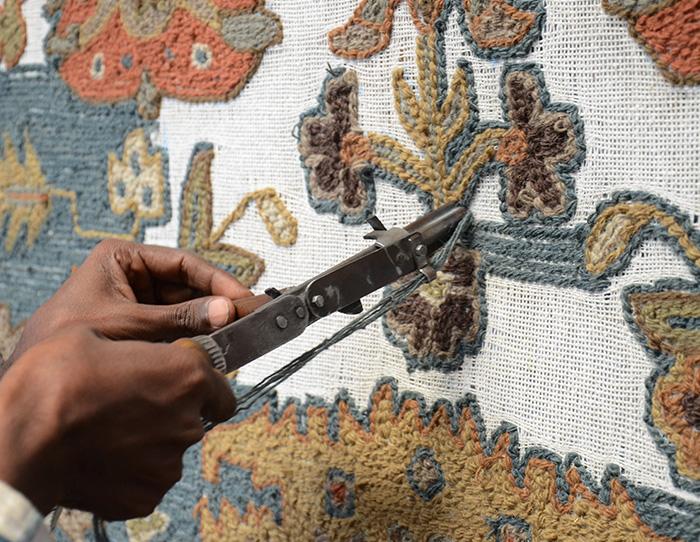
When buying a rug, especially for maximalist homes, you should think about more than just how it looks. Additionally, consider its craftsmanship and material composition.
- Wool is natural, soft, and doesn’t stain easily. This material is suitable for a variety of rooms.
- Cotton is lighter, can be washed, and is often used to make tufted rugs.
- Jute and natural fibers are great for making things look more rustic. Not as good for damp rooms.
- Synthetic fibers are great for outdoor areas and are affordable.
Remember that the way a rug is made affects everything, from how well it works to how much it costs. Even though they cost more, hand-knotted rugs will last longer and be worth more over time.
Final Thought: With Maia Homes, you can invest where it matters.
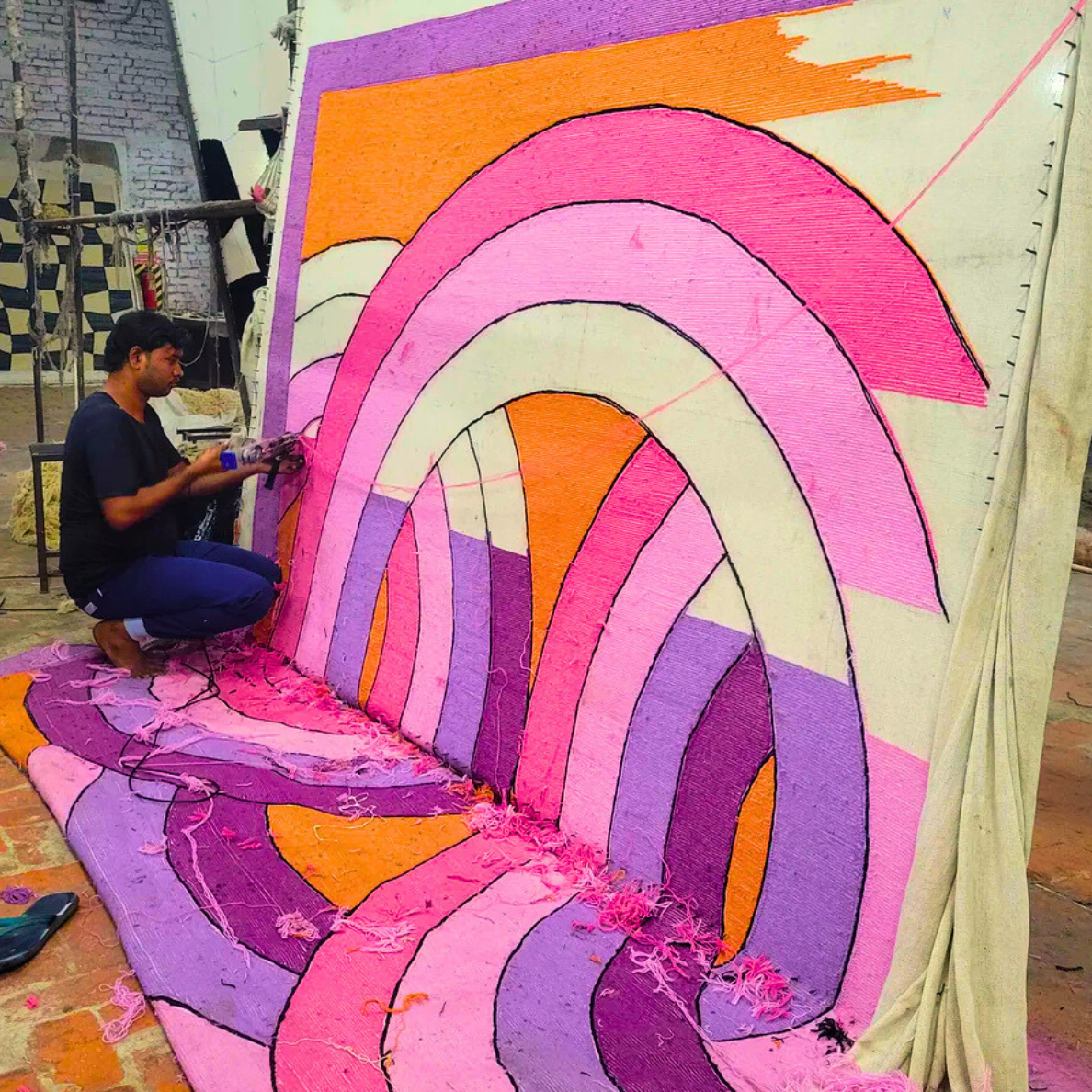
Choose carefully chosen collections like Maia Homes if you want to add quality, story, and personality to your home with rugs. Maia Homes brings art to the modern home by specializing in hand-knotted, hand-tufted, and designer rugs. Every piece is made to stand out and last, whether it’s a big rug for your entryway or a layered look in your bedroom.
They combine maximalist ideas with fine craftsmanship to make more than just decorations. They make heirloom-quality pieces that have their personality.
A rug isn’t just something in the background. It’s the stage on which your life takes shape. When you choose it with care, it improves your space look, shows off your style, and turns ordinary things into something beautiful.

